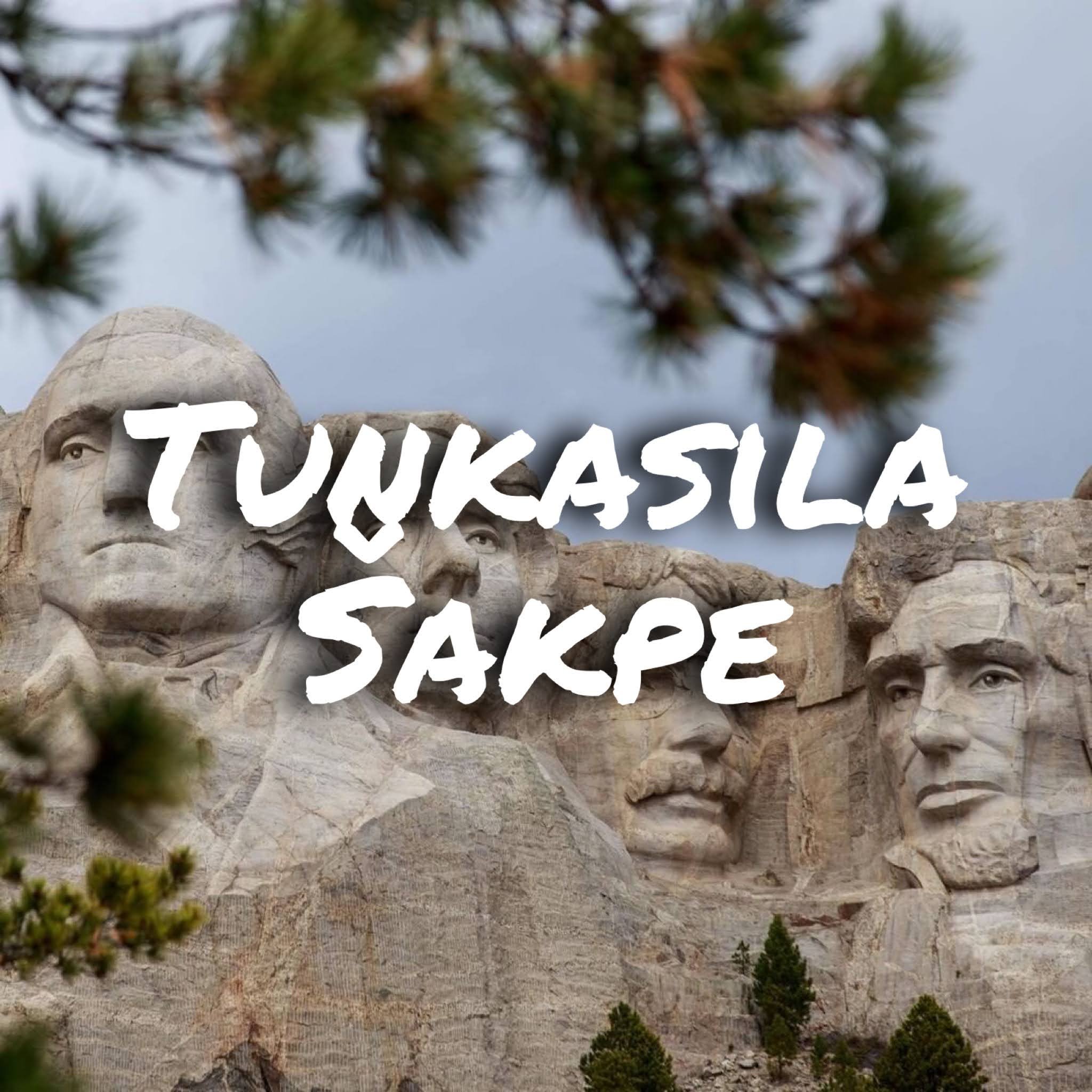(Tȟuŋkášila Šákpe or the Six Grandfathers in He Sapa “The Black Hills) Tȟuŋkášila Šákpe is on Lakota Land, land that even according the the laws of the United States was unconstitutionally taken (see United States vs. Sioux Nation of Indians 1980). I am going to save the history of He Sapa for another day because it deserves its own post. Instead I want to look (very briefly) at the history the faces carved on the mountainside and why, beyond the desecration of the land, the choice of these four faces to represent America is especially insulting. This is not exhaustive, so use this as a basis to learn more.
Washington: Known as Conotocaurius “The Village Destroyer” by the Seneca both because of his family history and his own involvement in the total destruction of some 40 Iroquois villages during the Revolutionary War. The war itself was partially because Washington (and others) had land investments west of the Appalachians that were valueless until the Indigenous people could be removed - something the British refused to do.
Jefferson: The Louisiana Purchase annexed land to the United States before any negotiations with local tribes occurred, helping set the standard for Indigenous people as illegitimate nations in the eyes of the U.S. Not to mention that the section on “Merciless Indian Savages” in the Declaration of Independence were his words.
Lincoln: Approved the largest mass hanging in U.S. history of 38 (+2) Dakota prisoners of war. He also signed the legislation that gave legal framework to the largest transfer of wealth in U.S. history from Indigenous people to mostly white, immigrant families and large railroad corporations through the Homestead Act and Pacific Railroad Acts.
Roosevelt: This 1886 quote, “I don't go so far as to think that the only good Indian is the dead Indian, but I believe nine out of every ten are, and I shouldn't like to inquire too closely into the case of the tenth,” plus his enthusiastic support of the Dawes Act (look up Allotment), his early advocacy for what would become Termination Policy, and of course further dispossession through the National Parks - the focus of this account.
These four presidents were chosen for Mount Rushmore because they represented the progression and growth the U.S. - a deeply colonial process that necessitated violence toward Indigenous people. The two cannot be separated. The question of whether the monument should be removed or destroyed is irrelevant until the land it is on is repatriated to the Lakota. They can then make that decision themselves.


